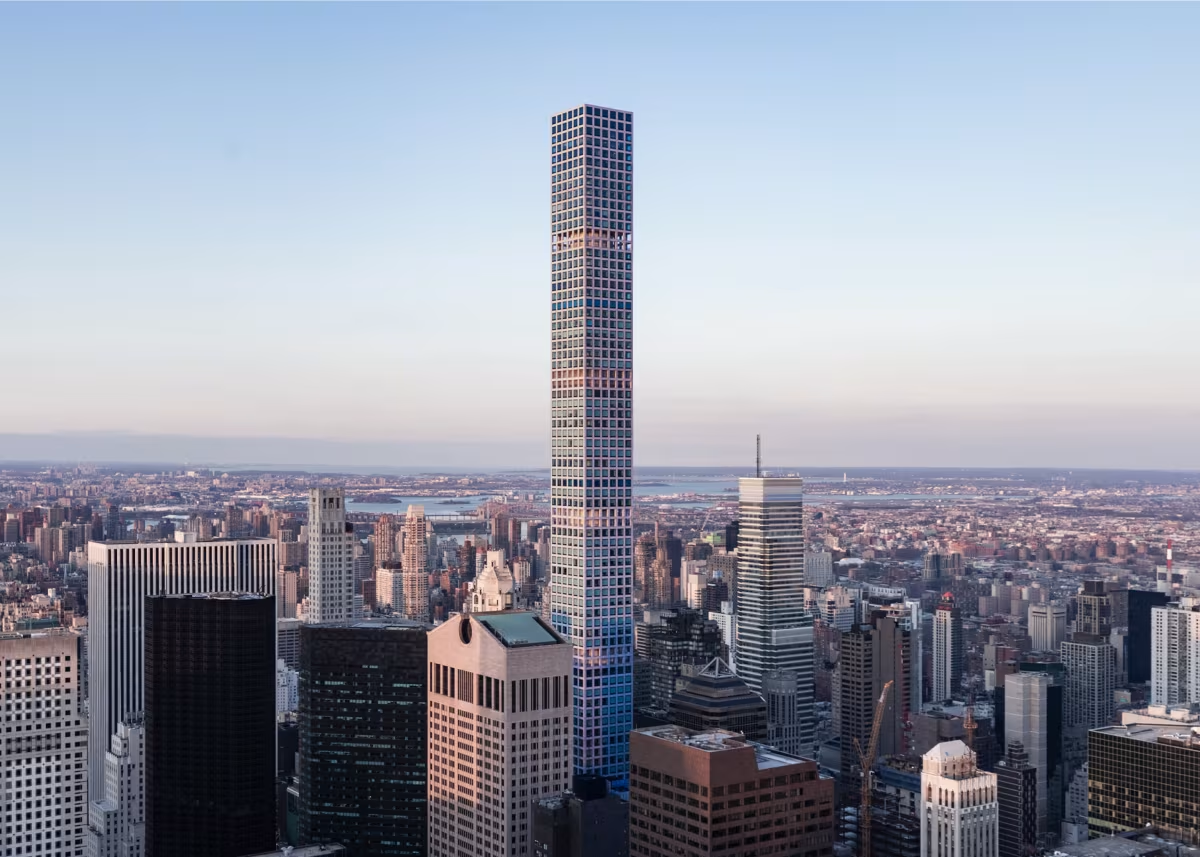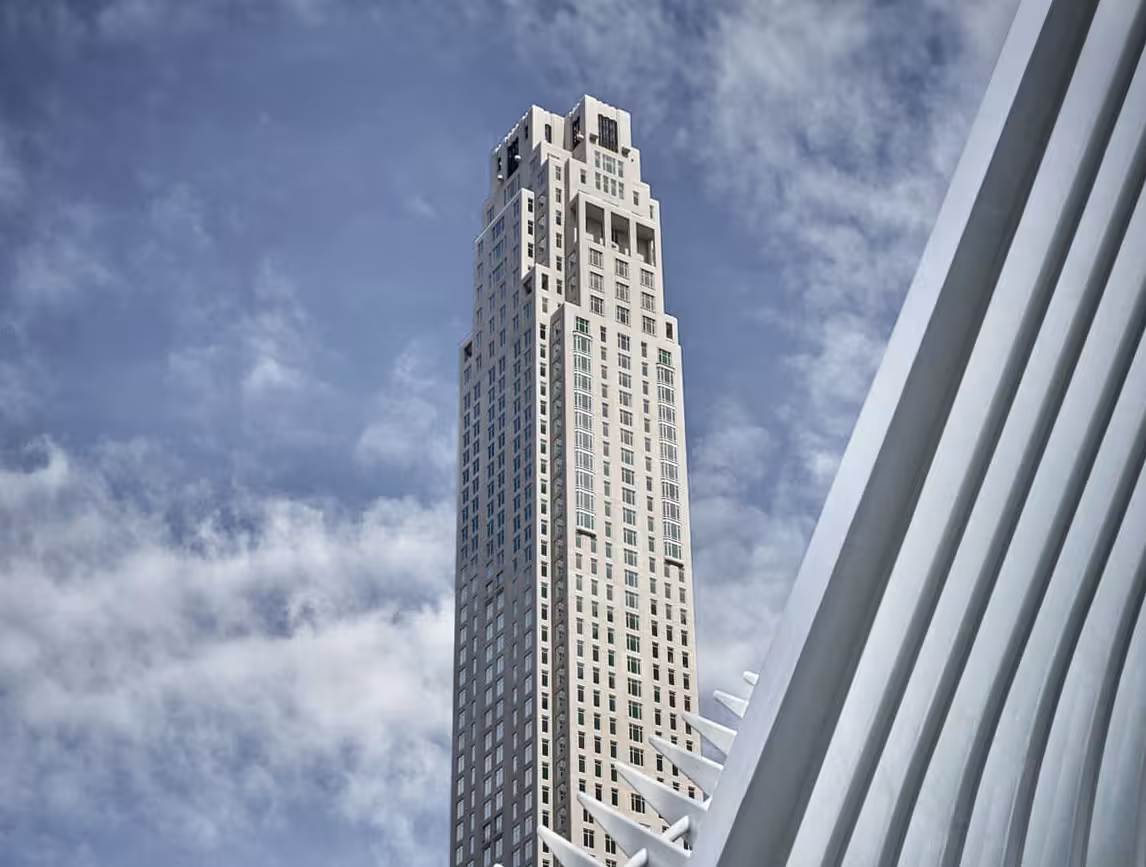432 Park Avenue vs Four Seasons New York Downtown


Comparing the 432 Park Avenue and the Four Seasons New York Downtown is interesting because they both stand in New York, NY, and were completed just one year apart, but they were designed by different architects.
This offers a unique glimpse at how rival designers approached projects in the same city during the same era.
Height & Size
The 432 Park Avenue is clearly the larger tower of the two, both in terms of height and number of floors. It rises to 1394ft (425m) with 85 floors above ground, while the Four Seasons New York Downtown reaches 925ft (282m) with 82 floors above ground.
Of course, each project may have faced different briefs or regulatory constraints, which we don't really know about and could also explain the outcome.
Architectural Style
Both the 432 Park Avenue and the Four Seasons New York Downtown were designed in line with the aesthetic conventions of the Contemporary style.
At the time, this style was at the height of its popularity. So both Rafael Viñoly and Robert A.M. Stern Architects followed what was in many ways expected of them, producing designs that fit comfortably within contemporary architectural norms, rather than breaking with convention.
Uses
The Four Seasons New York Downtown follows a mixed-use model, combining residential and hotel. In contrast, the 432 Park Avenue has remained primarily residential.
The Four Seasons New York Downtown incorporates a 5-star hotel with 189 rooms. More information is available at the official website.
In terms of capacity, the 432 Park Avenue offers 104 apartments, while the Four Seasons New York Downtown provides 157 units.
Structure & Facade
The two buildings opted for different structural and facade solutions.
The 432 Park Avenue uses a Framed Tube In Tube system, which combines a strong central core with a perimeter tube of columns, while the Four Seasons New York Downtown uses a Frame system, that relies on a regular grid of columns and beams to sustain its weight.
And when it came to the facade, the Window Wall went with a Window Wall facade, which uses panels fitted between floor slabs, leaving slab edges visible, while the Four Seasons New York Downtown opted for a Modular facade, that employs prefabricated panels, often mixing solid surfaces with smaller windows.
| 432 Park Avenue | Four Seasons New York Downtown | |
|---|---|---|
| Rafael Viñoly | Architect | Robert A.M. Stern Architects |
| 2011 | Design Ended | 2008 |
| 2011 | Construction Started | 2013 |
| 2015 | Year Completed | 2016 |
| Contemporary | Architectural Style | Contemporary |
| Residential | Current Use | Mixed |
| 85 | Floors Above Ground | 82 |
| 3 | Floors Below Ground | 2 |
| 392 | Last Floor Height | 265 |
| 425 m | Height (m) | 282 m |
| 104 | Residential Units | 157 |
| Framed Tube In Tube | Structure Type | Frame |
| Reinforced Concrete | Vertical Structure Material | Concrete |
| Reinforced Concrete | Horizontal Structure Material | Concrete, Steel |
| Yes | Facade Structural? | No |
| Concrete, Glass | Main Facade Material | Limestone, Concrete |
| Lendlease Corporation | Main Contractor | Tishman Construction |
| CIM Group And Macklowe Properties | Developer | Silverstein Properties |
| WSP Flack + Kurtz | MEP Engineer | WSP Flack + Kurtz |
| WSP Cantor Seinuk | Structural Engineer | WSP Cantor Seinuk |
| NY | State | NY |
| New York | City | New York |
| 432 Park Avenue | Address | 30 Park Place |